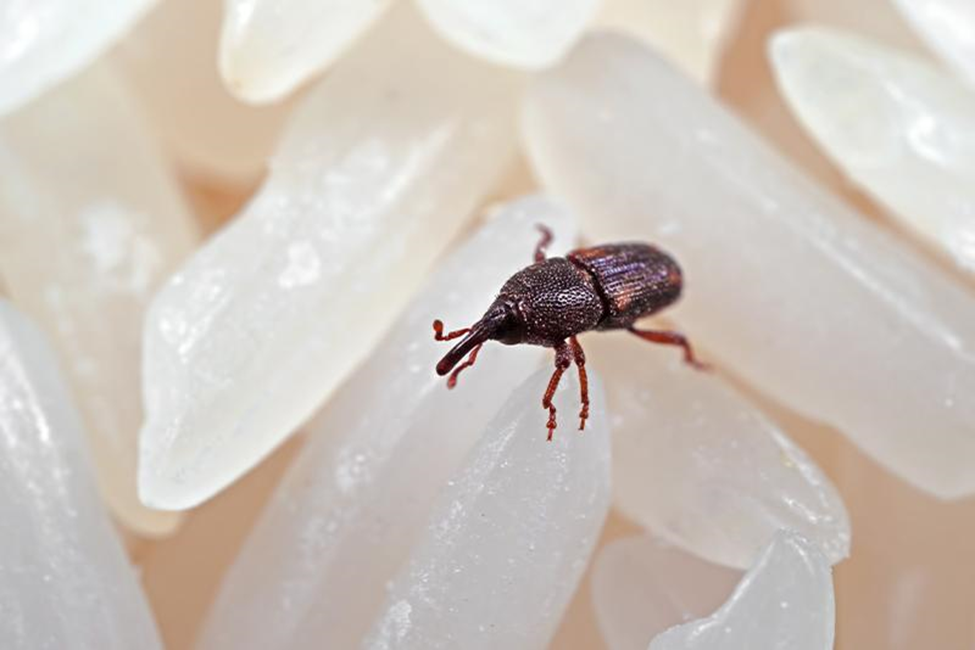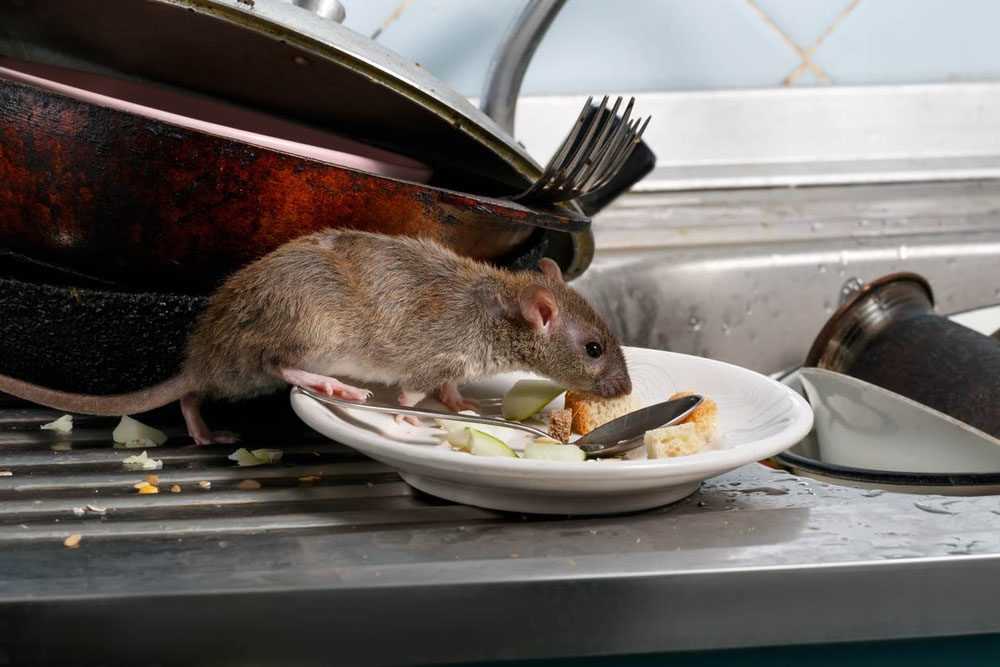Pests can be a nightmare for commercial businesses, not only causing damage to property but also tarnishing reputations and costing significant resources to manage. Understanding how these unwelcome intruders gain access to your business is crucial for prevention. With expert guidance and assistance from United Pest Solutions, businesses can take proactive steps to address vulnerabilities and safeguard their premises against infestations.
Below, we outline five common ways pests infiltrate commercial properties and what you can do to stop them.
1. Cracks, Gaps, and Structural Openings
Even the smallest cracks or gaps in your building’s exterior can become an entry point for pests. Rodents, cockroaches, and ants are particularly adept at squeezing through tiny spaces in search of food, shelter, and water. Structural openings, such as those around doors, windows, and utility pipes, are common vulnerabilities that many business owners overlook.
Try to conduct regular inspections of your building and seal any cracks or gaps using caulk, weatherstripping, or foam. You should also pay close attention to areas where utility lines and plumbing enter or exit the building.
2. Open Doors and Windows
Leaving doors slightly ajar or windows without proper screens creates an open invitation for pests. Flies, mosquitoes, and other flying insects often take advantage of these open access points, especially if they detect enticing smells like food or garbage within the property.
Equip all windows with tight-fitting screens and consider installing self-closing mechanisms on doors. For businesses requiring open doors, such as retail or warehouse operations, consider using air curtains or door sweeps to deter pests.
3. Deliveries and Shipments
Businesses that regularly receive shipments are at higher risk of inadvertent pest introductions. Pallets, boxes, and packaging materials can harbor insects, rodents, or stored product pests like beetles and moths. These pests can hitch a ride into your facility and quickly spread if not addressed.
Inspect all deliveries thoroughly before bringing them into your building. Train staff to look for signs of pest activity, such as droppings, chewed packaging, or live insects, and report any concerns immediately.
4. Poor Waste Management
Improper handling of waste can quickly attract pests to your business. Overflowing trash bins, food remnants, and leaks from garbage bags create ideal breeding grounds for flies, rodents, and cockroaches. Once drawn to the trash, pests can easily find their way indoors through nearby openings.
Use tightly sealed, pest-proof garbage bins and ensure waste is removed daily. Keep bins away from entrances and exits, and clean garbage areas regularly to eliminate spills and residue.
5. Plumbing and Drainage Systems
Moisture is essential for many pests, including cockroaches and rats, making plumbing and drainage systems a common entry route. Leaky pipes, clogged drains, and standing water attract pests and offer ideal conditions for them to thrive. Rodents are even known to enter buildings through sewer pipes, finding their way up into bathrooms and kitchens.
You should regularly inspect and maintain your plumbing systems to prevent leaks and blockages. Install mesh drain covers to stop pests from accessing your space through sewer or water lines.
Conclusion
Pests don’t just appear by chance, they exploit weaknesses in your property’s structure and hygiene practices. By addressing these vulnerabilities and maintaining a proactive pest management plan, businesses can significantly reduce the risk of infestations. Partnering with professionals will help you ensure a thorough assessment and implementation of tailored pest control strategies to protect your business.
Act now to secure your commercial property, maintain compliance with health regulations, and provide a safe environment for your employees and customers alike.




